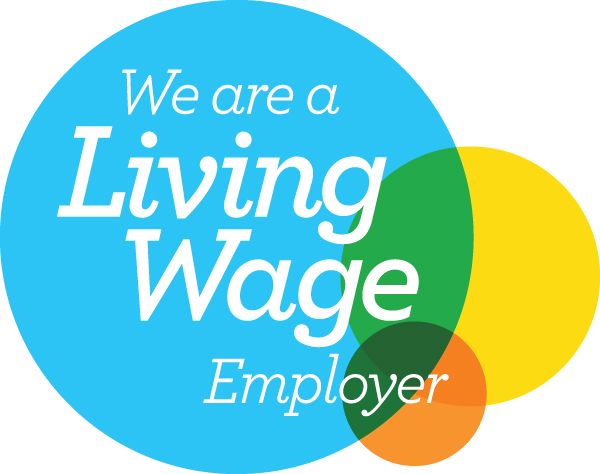What is Hybrid Working? And How it is Shaping Employment
11 Jun. 2024
Remote working has increasingly become the norm since the Covid-19 pandemic, making hybrid working a great option for businesses that need their staff in the office a couple of days a week. In fact
90% of organisations intend to combine remote working and on-site working in their long-term business plans.
Many employees also already have an effective remote working setup, making it much easier for businesses to implement hybrid working policies.
What is hybrid working?
Hybrid working is a mix of working at the office and at home, or another location of choice. For example, staff could work from home three days a week and commute to the office for the other two. Employers can choose a remote working pattern that works best for their business. This type of working arrangement can provide greater flexibility for employees, and a better work-life balance.
Types of hybrid working models
Remote first
This is where those with an adequate setup and tools can work from home most of their working week. Many businesses adopted a remote first approach during the pandemic and have since kept it, due to its efficiency and greater flexibility.
Office occasional
This working model involves staff attending the office once or twice a week. This is typically implemented to allow projects and relationships to be nurtured within a workplace environment.
Office first
This is where remote working is an option, but commuting to the office is preferred and should be employees' main working location.
The benefits of hybrid working
Enhanced work-life balance
Hybrid working can help your employees achieve a better work-life balance by reducing their stress and commuting, giving them more time to undertake activities outside of work.
Gained access to a wider talent pool
Offering hybrid working patterns enables businesses to gain access to a wider talent pool, as people may apply who otherwise wouldn’t have if it was an office-only role. This can be highly beneficial for companies as their employee network will have a wider set of skills.
Improved productivity
Flexible working contributes toward a more productive workforce, as working from home can reduce distractions and decrease burnout as staff are more likely to implement a better work-life balance.
In a study by University of Birmingham 76.5% of managers agreed that flexible working generally improves employee productivity. This highlights how hybrid working can benefit both businesses and their employees.
Office cost savings
Hybrid working can help you reduce the costs of your office as you may not need as much space or to be in it five days a week. As a result, more businesses are opting to share their office with other companies to help minimise costs. When you’re saving money on rent and utility bills you can invest it back into the business and your staff improving employee satisfaction.
The challenges of hybrid working
Miscommunication of expectations
When working from home, miscommunication can easily occur causing tasks to take longer or added stress for different staff members. It’s important that you take the time to clearly communicate expectations, whether that’s through online meetings or getting together for face-to-face gatherings in the office.
It’s also important that hybrid working expectations are clearly communicated throughout their employment to ensure everyone understands their job requirements.
Difficulties maintaining relationships
It can be harder to create and maintain relationships when working remotely. Weekly online meetings can be implemented to help teams better communicate and they don’t just have to talk about work topics.
Ensuring that everyone comes into the office at least once a week can also help all team members interact with each other, collaborate on projects and build better relationships.
Impact on company culture
Company culture can be negatively affected by hybrid working as a lack of in person contact can make it difficult to build relationships that create a strong company culture. To avoid this, social catchups and in person meetings should be encouraged.
How is hybrid working shaping employment?
The flexible approach to hybrid working allows staff to balance professional responsibilities and personal obligations.
82% of people now expect their employer to ensure their staff have a good work-life balance, making hybrid working a great way to achieve this. This flexibility enhances staff satisfaction and morale, helping businesses thrive.
Hybrid working has also allowed businesses to communicate with staff and clients across the world easily. This can help to improve collaboration and productivity and grow profits. It’s also given businesses the opportunity to rethink the layout of their offices. Many businesses have adapted their workspaces to accommodate a more fluid workforce. This includes implementing things like shared desks and breakout spaces.
Ultimately, hybrid working has helped employers reshape the way their business works, helping their staff avoid burnout and spend more time with friends and family. If you’re looking for greater flexibility, reduced office costs and enhanced productivity, implementing hybrid working policies could be the way forward.

 Contact Us
Contact Us








.png?width=1709&height=843&ext=.png)
.png?width=1165&height=190&ext=.png)
